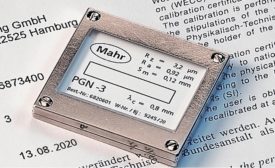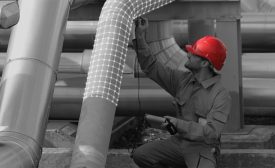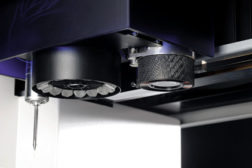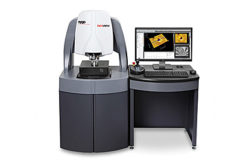Home » Keywords: » contact inspection
Items Tagged with 'contact inspection'
ARTICLES
Contact stylus and noncontact optical can show excellent correlation.
Read More
The Current State of Thickness Measurement
Optical measurement tools are picking jp steam, experts say.
June 29, 2020
Measurement
Trends in Multi-sensor Measurement
Tactile and optical measurement techniques each have their advantages. Multisensor systems combine the strengths of both.
April 1, 2014
Software & Analysis
Contact vs. Noncontact Measurement for Computer-Aided Inspection
Make the right choices to meet operational needs.
June 4, 2013
Get our new eMagazine delivered to your inbox every month.
Stay in the know with Quality’s comprehensive coverage of the manufacturing and metrology industries.
SIGN UP TODAY!Copyright ©2024. All Rights Reserved BNP Media.
Design, CMS, Hosting & Web Development :: ePublishing




